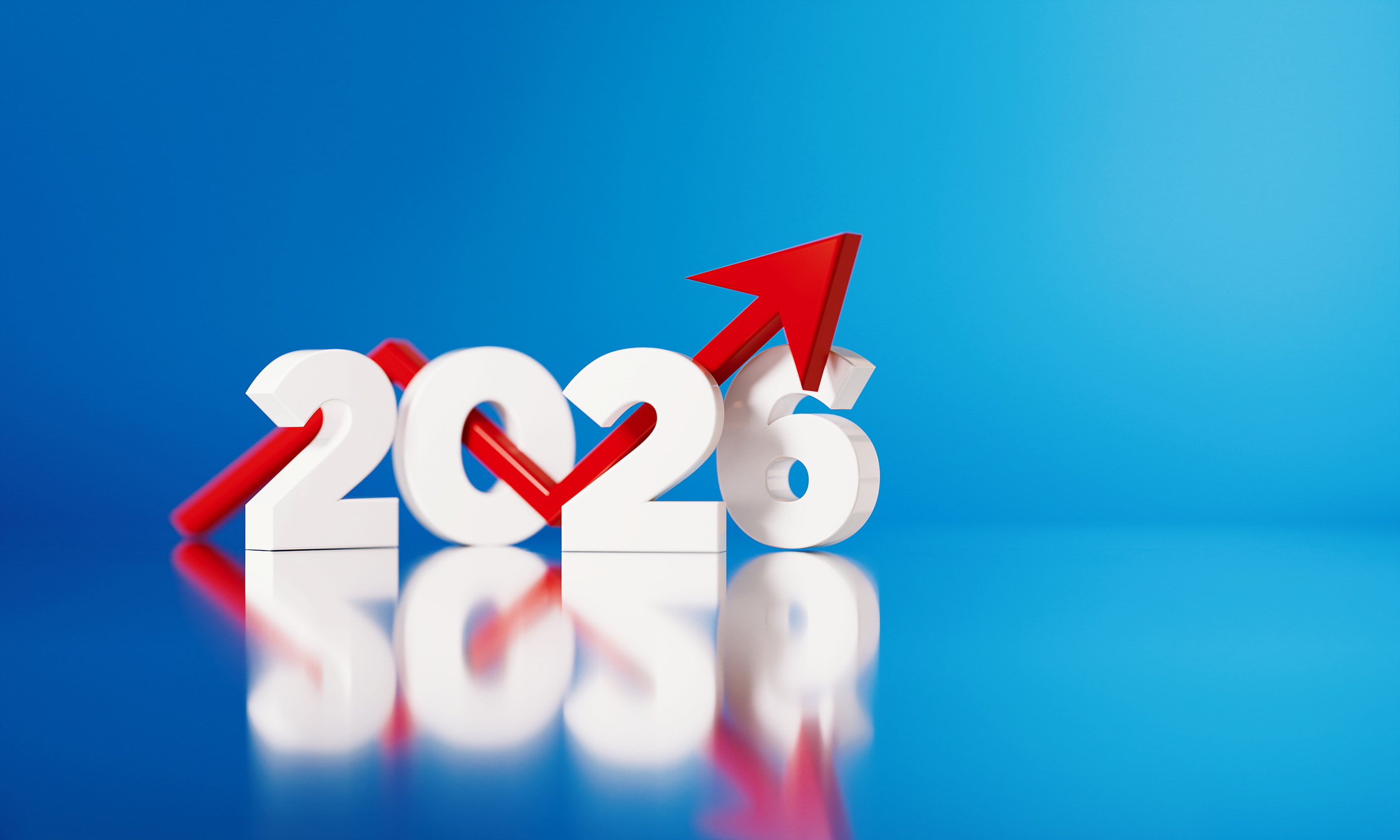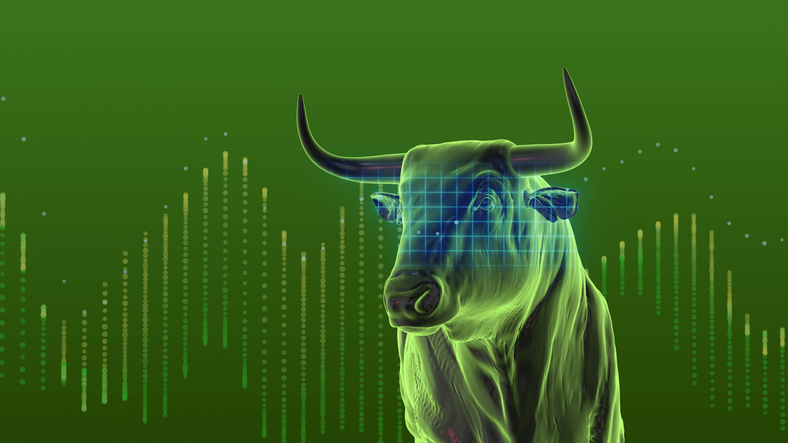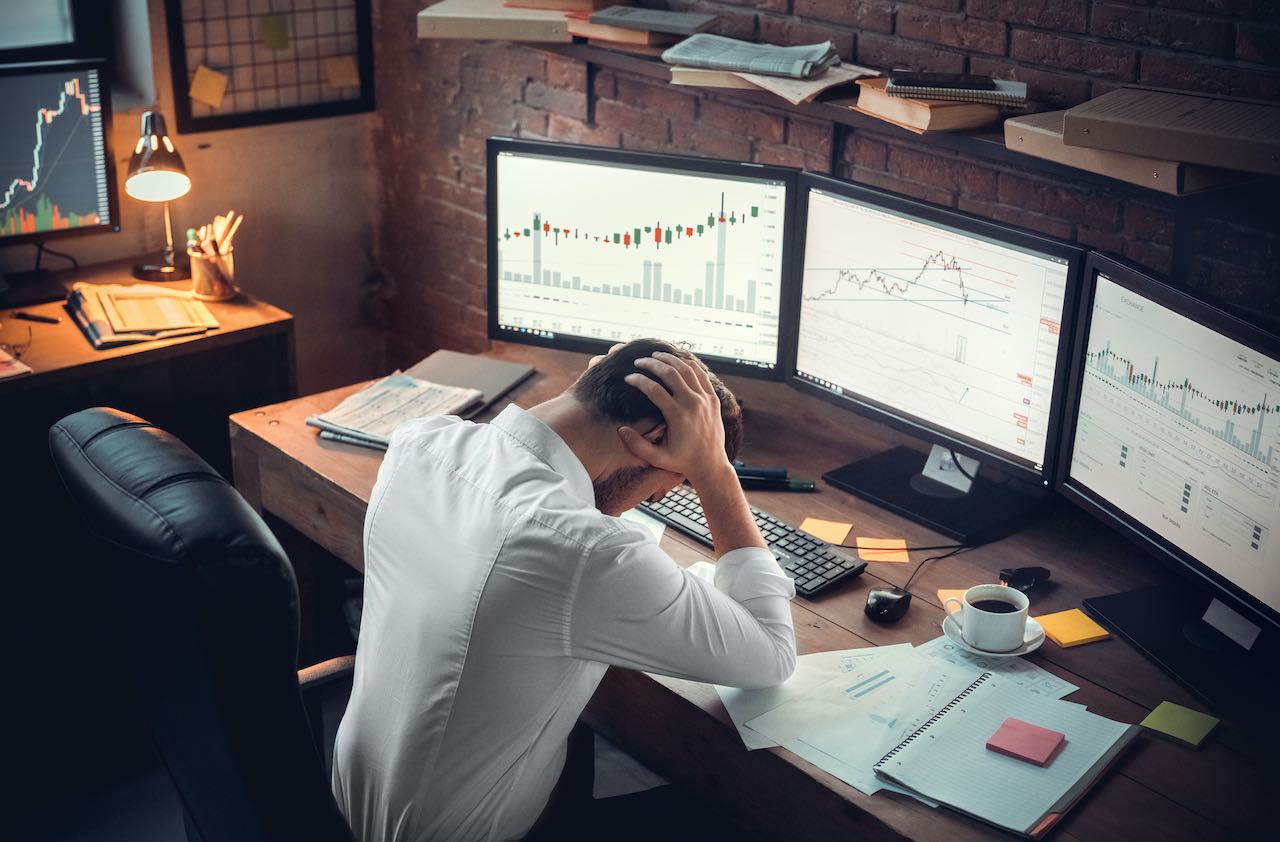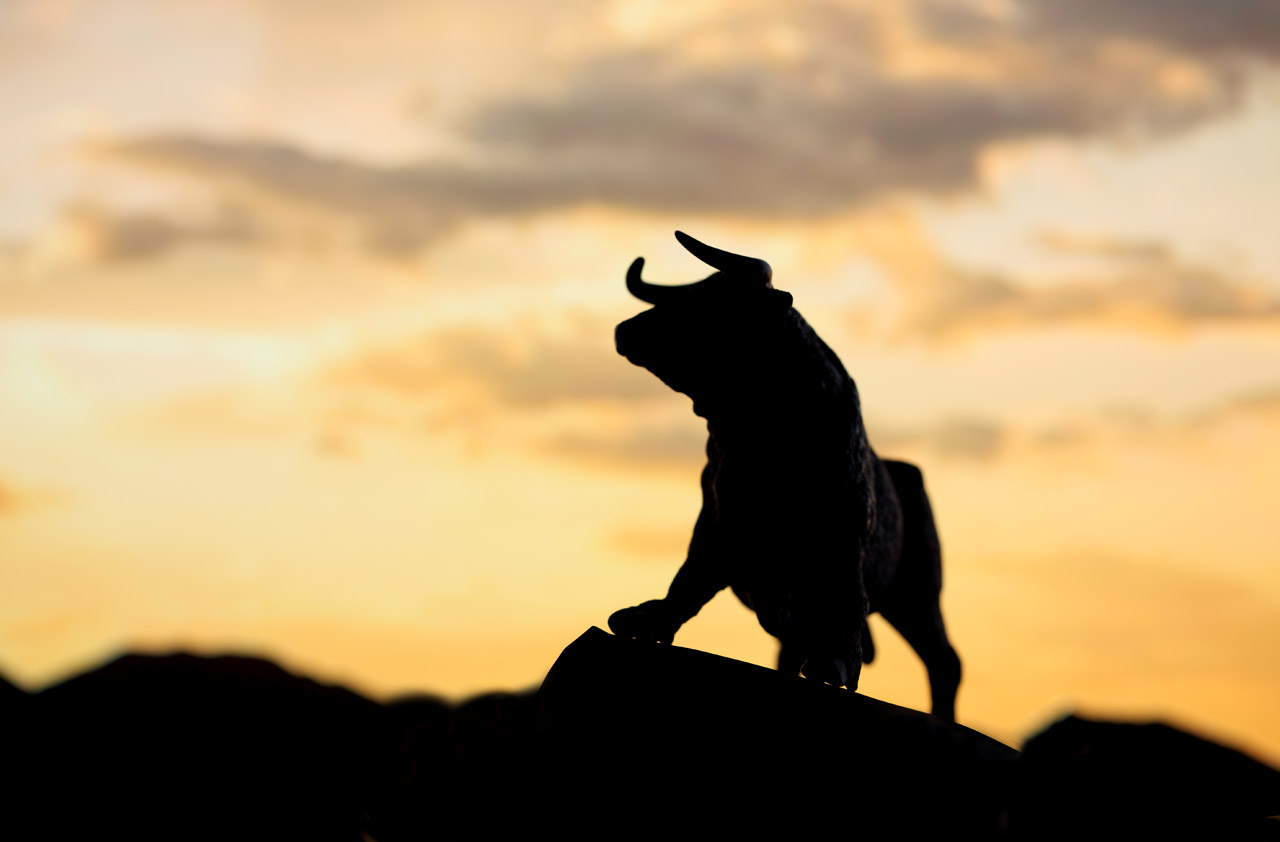Consider a Fund's Volatility -- or Risk Paying a High Price
Volatility is a superb measure of how risky a fund is. It’s equally good for sizing up your entire portfolio.

Many people choose funds simply by looking at past returns. Big mistake. Consider CGM Focus (symbol CGMFX). Over the past ten years through February 14, Ken Heebner’s fund has returned an annualized 15.7% -- better than almost every other stock fund.
But here’s the problem: The fund is 50% more volatile than Standard & Poor’s 500-stock index. That suggests the fund is 50% more risky than the S&P. Volatility gives you a good idea of how much a fund can lose, particularly in inhospitable markets.
The last bear market, which ran from October 9, 2007, through March 9, 2009, underscored that point. While the S&P 500 plunged 55.3%, CGM Focus plummeted 58.3%.
From just $107.88 $24.99 for Kiplinger Personal Finance
Become a smarter, better informed investor. Subscribe from just $107.88 $24.99, plus get up to 4 Special Issues

Sign up for Kiplinger’s Free Newsletters
Profit and prosper with the best of expert advice on investing, taxes, retirement, personal finance and more - straight to your e-mail.
Profit and prosper with the best of expert advice - straight to your e-mail.
Volatility, of course, isn’t a perfect predictor of how every fund will do in every bear market. Indeed, in the case of CGM Focus, the fund lost less than its volatility had suggested it would.
But over time, a fund’s volatility almost always catches up with it. CGM Focus, for instance, paid less of the price for its volatility during the bear market than it has in the ensuing bull market. From the market’s bottom through February 14, CGM Focus has risen only 75.6%, compared with a cumulative gain of 105.0% for the S&P index.
CGM Focus is hardly the only fund that boasts good long-term returns, but scary volatility. Recently, I wrote about Bridgeway Aggressive Investors 1 (BRAGX) -- see Should You Buy a Fund That Pays You to Invest? It has been 40% more volatile than the S&P -- and plunged 64.4% during the last bear market.
Both CGM Focus and Bridgeway had done well for years before the stock market’s most-recent implosion. Both even did relatively well in the 2000–2002 bear market. Their stellar results fooled a lot of investors into thinking these funds and others were less risky than they really were.
Bill Miller’s Legg Mason Capital Management Value (LMVTX) is the poster child for the importance of volatility. The fund is nearly twice as volatile as the S&P 500, but for 15 years almost all of that volatility was to the good. That was the number of consecutive years Miller beat the index, a remarkable achievement that won him acclaim as one of the best, if not the best, stock pickers of our time. But his fund surrendered 72.0% in the 2007–09 bear market, and today its ten-year returns are in the red.
Volatility is a valuable measure for bond funds, too. Take Loomis Sayles Bond (LSBDX). The fund, a member of the Kiplinger 25, is first rate, but you have to be prepared for spills. During the bear market, when many investors sold anything that smacked of risk, including bonds that weren’t backed by the U.S. Treasury, Loomis lost 24.9%. Meanwhile, the Barclays Capital Aggregate Bond Index, which is heavy on U.S. government-backed securities, gained a cumulative 7.2%.
Of course, you can -- and should -- look at funds through other prisms to assess their sturdiness. The more a fund invests in heavily indebted companies, the more likely it will suffer during a downturn. A fund’s risk rises if it’s concentrated in a handful of stocks -- or in one sector. The more a bond fund invests in junk debt, the riskier it is.
What’s nice about volatility, though, is that it gives you a single number from which to launch your research. It alerts you to funds that are most prone to meltdowns. No measure of investment risk is perfect, but volatility, as measured by standard deviation, serves as a terrific early-warning system of what’s to come in the next bear market.
You don’t have to understand standard deviation to use and profit from it. So feel free to skip the next three paragraphs, which explain it.
Standard deviation is taken from science. In nature, the normal distribution of returns -- the height of adult males, for instance -- always appears as a nice, bell-shaped curve. The average height of men all over the world is 5 feet 10 inches. Most cluster around the average, and about 68% of men are within 3 inches of the average in either direction. They fall within one standard deviation of the average height.
In investing, we typically look at the monthly returns of a fund over three years. One standard deviation of the returns for the S&P 500 is 6.4. That means that 68% of the monthly returns of the S&P were within 6.4 percentage points above or below the average monthly return over the past three years.
Stock market returns, of course, aren’t part of nature, so they don’t give you a perfect bell-shaped curve. More stock returns tend to fall further from the norm than occurs in nature. But that hardly undermines standard deviation as an investment tool.
At Kiplinger.com, we try to make things simple. So, in our Mutual Fund Finder, we rank each fund’s volatility by decile. A stock fund with a volatility score of 1 is in the least-volatile 10% of stock funds, and a fund with a volatility of 10 is in the most-volatile 10%.
The fund with the highest volatility? Direxion Daily Financial Bear 3X (FAZ). This exchange-traded fund invests only in financial stocks, bets that those stocks will fall in value, and bets further that those stocks will decline on a daily basis at three times the rate of the sector. If you knew only that the fund is more than four times as volatile as the S&P, you’d know enough to stay far, far away from this baby -- and any of its leveraged cousins.
Nor should you expect anything but a rocky ride in most sector funds. Fidelity Select Automotive (FSAVX), which returned 63.1% over the past year, is a car crash waiting to happen. It’s nearly three times as volatile as the S&P, and it lost 80.3% during the last bear market.
You shouldn’t automatically avoid a fund because of above-average volatility. I like Loomis Sayles Bond, for example. But volatile funds tend to be hard to stick with. Numerous studies show that people tend to buy a volatile fund after it has chalked up great numbers -- and sell after the fund has stumbled. That’s a guaranteed way to lose money.
If you do invest in volatile funds, make sure you restrict them to small portions of your overall portfolio. Then compute the overall volatility of your portfolio. You can do that at Morningstar.com, among other Web sites.
Steven T. Goldberg (bio) is an investment adviser in the Washington, D.C., area.
Profit and prosper with the best of Kiplinger's advice on investing, taxes, retirement, personal finance and much more. Delivered daily. Enter your email in the box and click Sign Me Up.

-
 My Top 10 Stock Picks for 2026
My Top 10 Stock Picks for 2026Each year, we ask an expert to pick 10 stocks that have the potential to beat the market over the next 12 months. Here are his choices for 2026.
-
 Special Report: The Future of American Politics
Special Report: The Future of American PoliticsThe Kiplinger Letter The Political Trends and Challenges that Will Define the Next Decade
-
 We're Still Bullish on Stocks
We're Still Bullish on StocksWe're still bullish on stocks for 2026, but now is the time for investors to pull in their horns and dial down risk.
-
 ESG Gives Russia the Cold Shoulder, Too
ESG Gives Russia the Cold Shoulder, TooESG MSCI jumped on the Russia dogpile this week, reducing the country's ESG government rating to the lowest possible level.
-
 Morningstar Fund Ratings Adopt a Stricter Curve
Morningstar Fund Ratings Adopt a Stricter Curveinvesting Morningstar is in the middle of revamping its fund analysts' methodology. Can they beat the indices?
-
 Market Timing: The Importance of Doing Nothing
Market Timing: The Importance of Doing NothingInvestor Psychology Investors, as a whole, actually earn less than the funds that they invest in. Here’s how to avoid that fate.
-
 Commission-Free Trades: A Bad Deal for Investors
Commission-Free Trades: A Bad Deal for Investorsinvesting Four of the biggest online brokers just cut their commissions to $0 per transaction. Be careful, or you could be a big loser.
-
 Vanguard Dividend Growth Reopens. Enter at Will.
Vanguard Dividend Growth Reopens. Enter at Will.investing Why you should consider investing in this terrific fund now.
-
 Health Care Stocks: Buy Them While They're Down
Health Care Stocks: Buy Them While They're Downinvesting Why this sector should outperform for years to come
-
 Buy Marijuana Stocks Now? You'd Have to Be Stoned.
Buy Marijuana Stocks Now? You'd Have to Be Stoned.stocks Don't let your investment dollars go to pot
-
 4 Valuable Lessons From the 10-Year Bull Market
4 Valuable Lessons From the 10-Year Bull MarketInvestor Psychology Anything can happen next, so you must be mentally prepared.